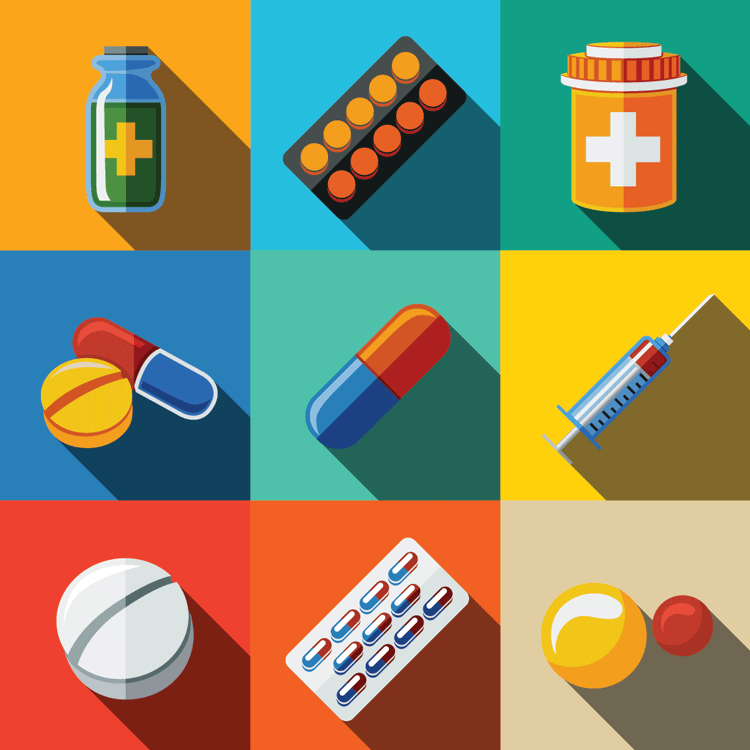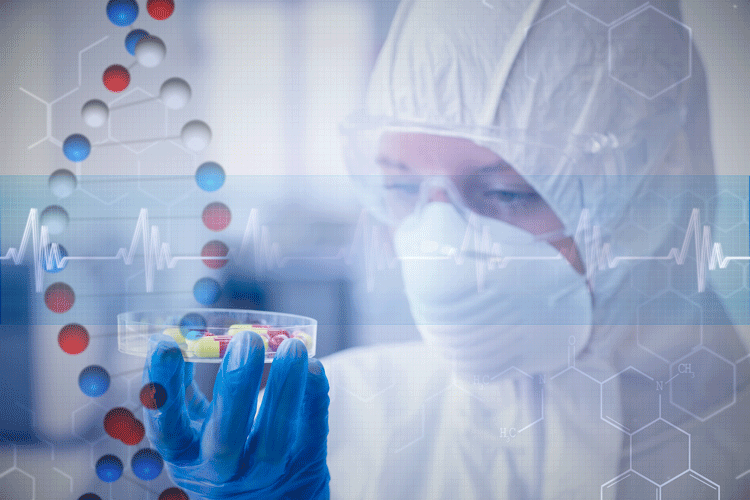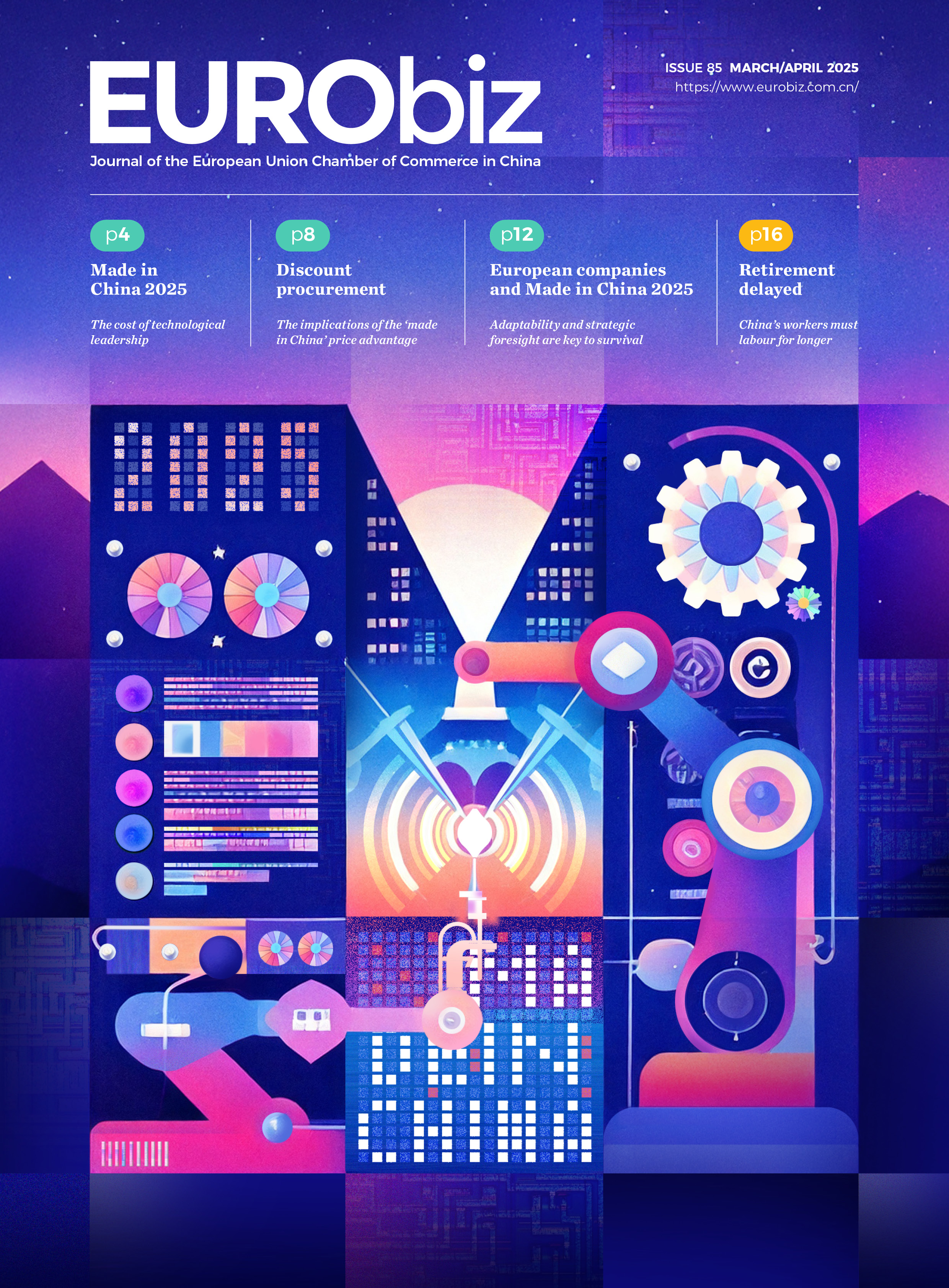 Patient safety is a serious global public health topic that sits atop the World Health Organization’s (WHO’s) agenda .
Patient safety is a serious global public health topic that sits atop the World Health Organization’s (WHO’s) agenda .
You Lv, Scientific Communication Manager, Bayer China Communication, and Hellen Zhang, Pharmacovigilance China Country Head, Bayer Pharmaceuticals, explain how pharmaceutical companies have an obligation to positively add to this agenda by ensuring that all of their products have been carefully tested and evaluated for risks before being released on the market.
Following the WHO’s first Global Patient Safety Action Summit in London in March 2016, a second Global Ministerial Summit on Patient Safety will be held at the end of March in Bonn, Germany. The summit’s goal is to galvanise international policy-makers and governmental authorities to prioritise patient safety at all levels. Furthermore, as one of the key initiatives going forward, the WHO will launch its Global Patient Safety Challenge on medication safety in the first half of 2017, which aims to propose solutions to address many of the obstacles to ensuring patient safety.
Along with the WHO’s call for a global movement, awareness of patient safety is rising steadily in general, with many countries increasingly recognising the importance of improving patient safety over recent years. An international consensus has formed among governmental agencies, healthcare professionals (HCPs), medical institutions and health insurance funds, as well as patient groups and industry, that patient safety is a fundamental principle of healthcare. In China, too, the central government regards patient safety as an integral part of the Healthy China 2030 blueprint in support of achieving its overall goals in public health.
Benefit-risk evaluation for ensuring patient safety
 Patient safety is the essence of the pharmaceutical industry and it is more than just an obligation. ‘Safety’ is a relative concept and decisions about a particular drug’s use must be evaluated as a balance between the benefits and risks of a given medication for an individual patient – and this can’t be done in a vacuum. It needs to be assessed against the benefits and risks of other therapy choices.
Patient safety is the essence of the pharmaceutical industry and it is more than just an obligation. ‘Safety’ is a relative concept and decisions about a particular drug’s use must be evaluated as a balance between the benefits and risks of a given medication for an individual patient – and this can’t be done in a vacuum. It needs to be assessed against the benefits and risks of other therapy choices.
The benefit-risk profile of a certain drug is carefully evaluated, beginning at the early stages of research and development. The efficacy and safety of pharmaceuticals are investigated in preclinical and clinical studies. The documentation submitted to the regulatory authorities contains the results of these studies and a comprehensive benefit-risk assessment. Only when the experts at the regulatory authorities have carefully reviewed all the information and approved the drug, will it be made available for patients. Marketing authorisation is only granted for a product if it satisfies the safety requirements of the health and regulatory authorities. Following registration, pharmaceutical companies continue to evaluate benefit-risk profiles. They update product labels and communicate with authorities and HCPs, as well as patients, about any benefit-risk profile updates.
Pharmacovigilance: safety monitoring during the whole drug life-cycle
Millions of people have to trust in the efficacy of medicinal products. And equally, they trust that their benefits outweigh the risks of side effects. For the pharmaceutical industry it is therefore crucial that someone always keeps an eye on the risks, which means pharmacovigilance.
The WHO defines pharmacovigilance (PV) as the science of, and activities relating to, the detection, assessment, understanding, and prevention of adverse effects or any other drug-related problem. The aims of pharmacovigilance are to enhance patient care and patient safety in relation to the use of medicines; to provide assessments and communicate the risks and benefits of drugs on the market; and to provide education and information for patients.
For pharmaceutical companies, our ability to meet expectations relies to a great extent on how well we optimise the safe and appropriate use of our medicines. This goal should be accomplished through a comprehensive pharmacovigilance system and processes operated by dedicated professionals. These professionals need to be alert during the whole life cycle of a medicinal product, and must react to every risk that becomes evident, while constantly monitoring any other risks and safety concerns of the product.
Any safety reports for medicinal products should be properly processed and then analysed by safety scientists and physicians to confirm the safety of a given product, and to look for any new emerging safety signals which, together with any new information on product benefits, should be updated in a risk assessment on a regular basis. It is a highly complex and highly regulated business.
When risks are identified, pharmaceutical companies should immediately undertake measures to minimise or prevent risks and safeguard the health of patients in coordination with the authorities. These measures range from routine risk minimisation measures, such as updating product information for patients, consumers and HCPs, to additional risk minimisation measures such as direct communication with HCPs, or providing educational materials targeting patients or HCPs. In certain cases it may be judged that risk minimisation cannot control the risks to the extent possible to ensure a positive benefit-risk balance and that the medicinal product needs to be either withdrawn from the market or restricted to those patients in whom the benefits outweigh the risks.
Quality assures drug safety
Even with a proven benefit-risk profile of a specific product, drug safety also relies on the quality of drugs. A quality management system must be the basis for the highest possible safety standards in the manufacturing of pharmaceuticals and medical devices, which are subject to strict quality requirements compliant with internationally recognised standards, like Good Manufacturing Practices (GMP).
Engaging all stakeholders in patient safety
Ensuring comprehensive patient safety requires joint efforts from all relevant stakeholders, including regulatory authorities, research institutes, HCPs, pharmaceuticals companies and patients. This can be accomplished by conducting different activities on patient safety, such as panel discussions and seminars, to engage a wide range of stakeholders and discuss the relevant solutions for improving patient safety.
Recent studies show that patients are being encouraged to take an active role during their treatments for improving patient safety as well. Patient engagement and patient-centered strategies are widely recommended by the WHO and a number of research institutes to ensure better medication safety. Patients should also be empowered to make informed decision together with their HCPs.
Bayer is a global enterprise with core competencies in the life science fields of healthcare and agriculture. Its products and services are designed to benefit people and improve their quality of life. Bayer is committed to the principles of sustainable development and to its social and ethical responsibilities as a corporate citizen. At pharmaceuticals, we focus on researching, developing and marketing specialty-focused innovative medicines that provide significant clinical benefits and value. In this way, we are addressing the growing requirements of patients, physicians, healthcare payers and regulatory agencies.



Recent Comments